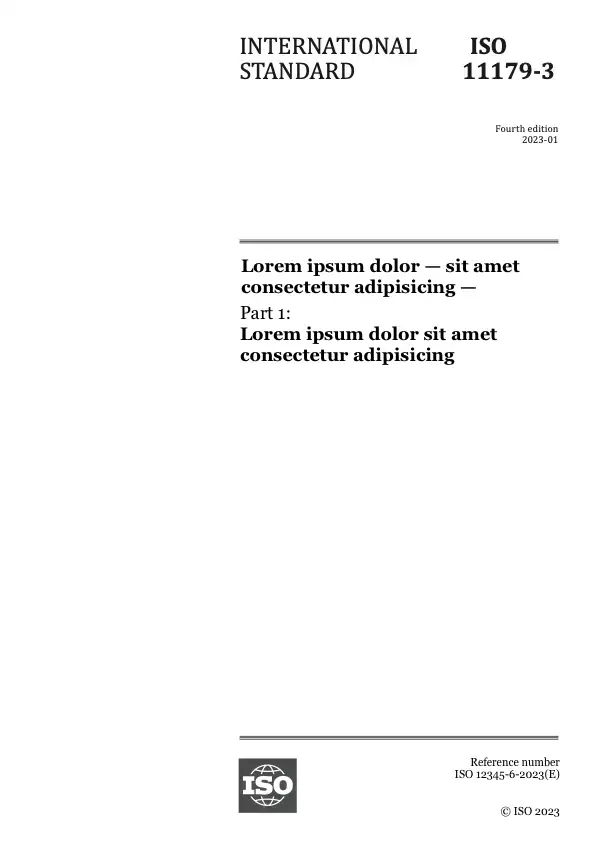Resumen
ISO 17734-1:2013 gives general guidance for the sampling and analysis of airborne isocyanates in workplace air. When amines and aminoisocyanates are suspected to be emitted (e.g. from thermal degradation of PUR), it is recommended that, in addition to isocyanates, the amines and aminoisocyanates in the air are determined, using DBA and ethyl chloroformate as reagents (see ISO 17734-2).
The method is suitable for the determination of a wide range of different isocyanates in both the gas and particle phases. Typical monofunctional isocyanates that can be determined are isocyanic acid (ICA), methyl isocyanate (MIC), ethyl isocyanate (EIC), propyl isocyanate (PIC), butyl isocyanate (BIC), and phenyl isocyanate (PhI). Typical monomeric diisocyanates include 1,6-hexamethylene diisocyanate (HDI), 2,4- and 2,6-toluene diisocyanate (TDI), 4,4'-methylenediphenyl diisocyanate (MDI), 1,5-naphthyl diisocyanate (NDI), isophorone diisocyanate (IPDI), and 4,4'-dicyclohexylmethane diisocyanate (HMDI). Multifunctional isocyanates that can be determined are typically oligomers in polymeric MDI, biuret-, isocyanurate-, and allophanate-adducts, and prepolymeric forms of isocyanates.
The instrumental detection limit for aliphatic isocyanates is about 5 nmol/sample and for aromatic isocyanates, it is about 0,2 nmol/sample. For a 15 l air sample, this corresponds to 0,6 ng∙m?3 for HDI and 0,02 ng∙m?3 for TDI.
The useful range, for a 5 l air sample, of the method is approximately 0,001 µg∙m?3 to 200 mg∙m?3 for TDI.
Preview
Informaciones generales
-
Estado: PublicadoFecha de publicación: 2013-12Etapa: Norma Internacional para revisar [90.92]
-
Edición: 2Número de páginas: 33
-
Comité Técnico :ISO/TC 146/SC 2ICS :13.040.30
- RSS actualizaciones
Ciclo de vida
-
Anteriormente
RetiradaISO 17734-1:2006
-
Ahora
-
Será reemplazada por
En desarrolloISO/AWI 17734-1
Got a question?
Check out our FAQs
Opening hours:
Monday to Friday - 09:00-12:00, 14:00-17:00 (UTC+1)
